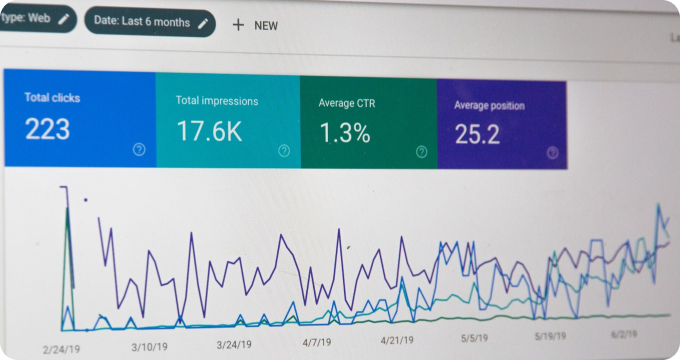What are Forex Liquidity Providers and How Do They Function?
- October 16, 2023
- 2 minutes
Initiating a discourse on the bedrock of the Forex market – the Liquidity Providers – can be likened to unearthing the foundation, the underpinning structure, of an intricate architectural masterpiece. The sophistication and dynamic nature of this market may seem daunting, primarily because of its arcane terminologies and complex mechanisms. However, once the veil is lifted, one can perceive the elegant simplicity and logic that underlie it.
To begin with, a liquidity provider in the Forex market can be considered analogous to a wholesaler in retail business. Much like wholesalers who ensure a constant supply of products to retailers, liquidity providers ensure the availability of specific currency pairs for trading on the Forex market. They are typically banks, financial institutions, or brokers who offer a bid and ask price and are willing to buy or sell financial instruments, thus offering liquidity to the traders.
This role of offering liquidity becomes pivotal considering the nature of the Forex market. As the most liquid market globally, with a daily trading volume exceeding $6 trillion, routine operations would grind to a halt without a seamless and continuous flow of currency trading.
The fundamental functionality of these liquidity providers can be best explained by the theory of supply and demand. From an economic perspective, these providers ensure market stability by providing a large volume of orders. As a result, the bid-ask spread, which is the difference between the highest price a buyer is willing to pay and the lowest price a seller is willing to accept, remains narrow.
The process underlying this involves a sophisticated mechanism. A broker, connected to multiple liquidity providers, receives different bid and ask prices from each of them. With the help of advanced technologies and algorithms, the broker selects the best prices, which are then offered to the traders. Therefore, the liquidity providers play a crucial role in ensuring competitive pricing and bolstering the overall market efficiency.
The forex market operates on a 24-hour basis, and the role of liquidity providers, therefore, becomes even more crucial. They help mitigate the risk of market volatility during times when trading volumes are low. This is done by absorbing large trading volumes without causing significant price modifications.
One point that stimulates curiosity is the economic viability of these liquidity providers. Their revenue generation primarily stems from the spread and the commission they charge. They also benefit from the bid-ask spread, which is the difference between the price at which they buy and sell currency pairs.
Analyzing the nature and operations of liquidity providers leads us to ponder the Nash equilibrium, a concept from game theory. According to this theory, each player in a game achieves their optimal outcome by assuming that all other players are also striving for their optimal outcomes. In the context of the Forex market, liquidity providers can be seen as players striving for maximum profit while assuming that other providers are doing the same. This dynamic interplay ensures market stability and efficient pricing.
A well-functioning Forex market is indispensable for a healthy global economy as it aids international trade and investment by enabling currency conversion. Therefore, understanding the role and function of liquidity providers, the unsung heroes who ensure the seamless functioning of this market, becomes essential. They are the invisible hands that uphold the structure of the Forex market, the architects of stability who ensure that the wheels of this global financial behemoth never cease to turn.
Learn More
Unleash the potential of your forex trading journey by diving deeper into our insightful blog posts about forex liquidity providers. For a comprehensive understanding, they are encouraged to explore our meticulously curated rankings of Top Forex Liquidity Providers.
Popular Posts
-
 Forex Liquidity Providers Industry Report: Key Findings and Crucial Insights
Forex Liquidity Providers Industry Report: Key Findings and Crucial Insights
-
 The Future of Forex Liquidity Providers: Predictions and Emerging Trends
The Future of Forex Liquidity Providers: Predictions and Emerging Trends
-
 9 Things I Wish I'd Known About Forex Liquidity Providers Before Engaging One
9 Things I Wish I'd Known About Forex Liquidity Providers Before Engaging One
-
 How to Hire the Right Forex Liquidity Provider for Your Trading Needs
How to Hire the Right Forex Liquidity Provider for Your Trading Needs
-
 Ask These Questions to a Forex Liquidity Provider to Choose the Right One for Your Trading Needs
Ask These Questions to a Forex Liquidity Provider to Choose the Right One for Your Trading Needs






